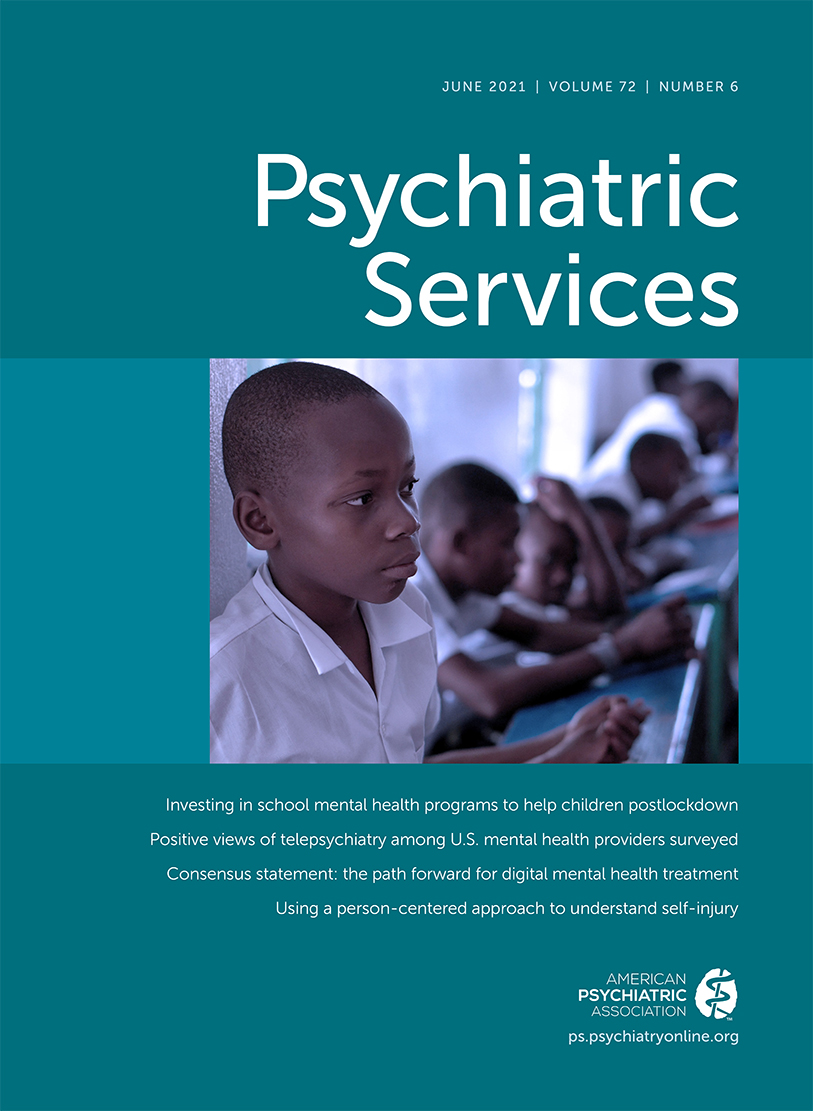Frontline Reports
Integrating Treatment of Serious Mental Illness With Religious and Spiritual Practices in a Psychiatric Residential Program
Clinical evidence shows that a full psychiatric evaluation should include a spiritual history because religion and spirituality are central components of the human experience and can influence the onset and course of mental illness. There is increasing interest in the positive and negative impacts of religion and spirituality on mental health, but research on how to approach these issues among people with serious mental illness is scarce.
People with serious mental illness have the same religious and spiritual needs as the general population and seek the same support and meaning from these domains, but religion and spirituality can be simultaneously healthy and detrimental. We report here on our approach at the Fraternal Assistance (AS.FRA.) Foundation Rehabilitation Project to handling religious experiences that are incorporated into psychopathology but also contain such healthy elements as a search for meaning and a desire to participate in formal worship activities.
Since passage of Law 180 (also known as the Basaglia Law or the Italian Mental Health Act of 1978), the mental health care system in Italy has shifted from the asylum model to a broader approach that comprises outpatient services, psychiatric units in general hospitals, and residential facilities. AS.FRA., a group of nonprofit residential psychiatric facilities in cooperation with the National Health Service, was founded in 1970 near Milan (Vedano al Lambro) by the venerable Adele Bonolis, a religious leader who was revered for the creation of residential programs for vulnerable populations.
The foundation consists of four rehabilitation communities treating 80 patients (58 men and 22 women), with mean age of 41 years. Patient diagnoses include psychoses (N=43), neurodevelopmental disorders (N=14), mood disorders (N=8), and personality disorders (N=15); 38% (N=30) of patients have a comorbid general medical disorder; 18% (N=14) have forensic problems; 11% (N=9) have a comorbid substance use disorder; and 71% (N=57) have a severe disability protected by national security benefits. AS.FRA. rehabilitation programs are the equivalent of public health system psychiatric residential facilities. The length of stay for high-intensity rehabilitation is approximately 2 years, and for high-assistance rehabilitation programs, approximately 6 years.
The foundation provides a wide range of group rehabilitation activities, both inside (theater, gym, greenhouse, gardening, pottery, laboratory, art, choir, creative writing, reading) and outside the center (pet therapy, cinema, swimming, day trips, holidays). Communities of 20 patients each have a weekly assembly to discuss personal and group topics.
Besides its rehabilitation programs, AS.FRA. provides a weekly mass and confession service held by a chaplain. The mass is open to both professionals and patients, and about 20 people usually participate. Some patients choose to regularly attend this mass and keep open a spiritual dimension in their lives, which are deeply affected by psychiatric illness. The chaplain of the foundation gives each patient a chance to actively participate, and everyone has a special role (serving as an altar boy, reading lectures, singing, etc.). In attending to their specific tasks, patients feel publicly recognized because they do something useful for the whole community of the rehabilitation center. The National Health Service does not regulate these religious activities.
To illustrate this program’s function, we briefly present two typical clinical cases of the foundation’s patients. Paul is 52 years old and has been diagnosed as having paranoid schizophrenia with hypochondriacal concerns. In the past, he belonged to a spiritual community known as the Hare Krishna and dreamed of becoming a monk. Paul likes to meditate and has many books on religious and spiritual topics. He becomes furious when contradicted about his own understanding of his symptoms and the therapies he needs. Since the chaplain engaged him to be the altar boy during the mass, Paul has found a rewarding task in community life. During the mass, he is serious, attentive, and punctual, and he reads the lectures very carefully. His speech, usually fragmented, becomes organized when he undertakes a religious duty.
Liz is 38 years old and has a diagnosis of schizophrenia. She exhibits mystic delusions and compulsive praying and cleansing (eight showers per day), telling others that she suffers from “religious-delusional schizophrenia” (her showers are “the baptism”). Since starting clozapine, Liz has been fluent and sometimes delusional but never completely out of touch with reality. She is serious when praying and is involved in the choir. Liz is engaged in charitable work in the parish as a rehabilitation activity conducted outside the community, where she is supervised by both the priest and the community social educator. Maintaining an open spiritual dimension gave Liz the opportunity to broaden her relationships and improve her skills. Her clinical improvement has allowed Liz to move from a residential program to an apartment in the AS.FRA. building.
The AS.FRA. Foundation Rehabilitation Project addresses both mental illness and the religious and spiritual needs of its patients. We believe the program offers insight into the deeper human needs of people with serious mental illness.



